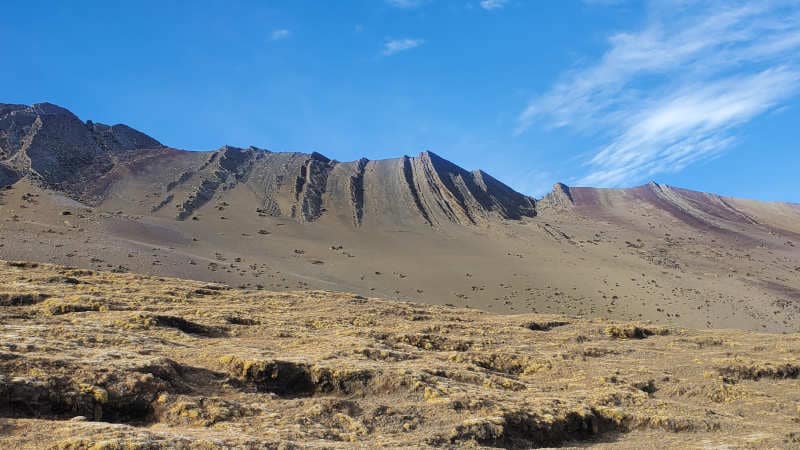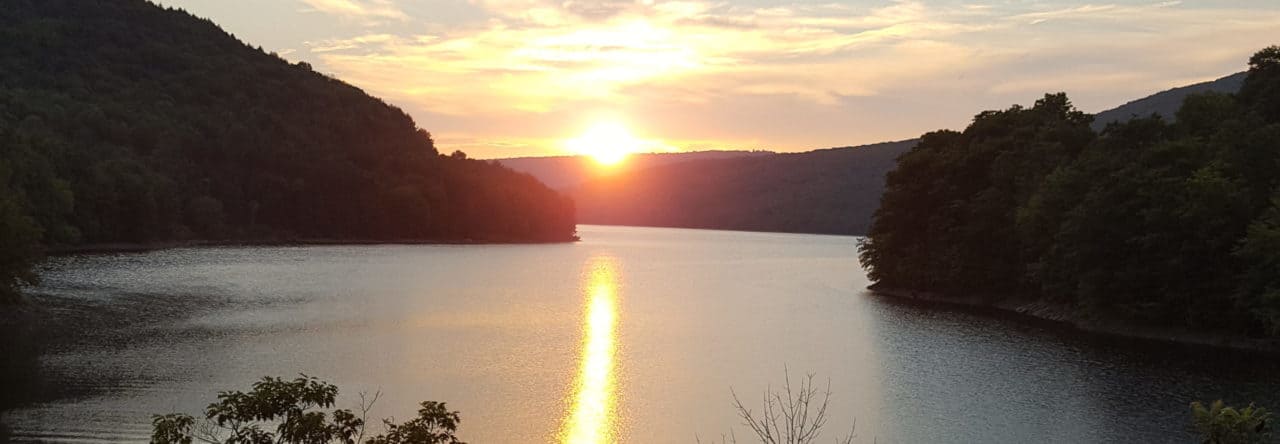Of all of my excursions I was looking forward to hiking Vinicunca, or Rainbow Mountain, the most. This is a fairly new tourist destination in Peru because up until fairly recently the top of the mountain was covered by glaciers. The glaciers have since melted which led to the discovery of the rocks that give it its name Rainbow Mountain.

This would be one of several very early mornings in a span of a few days. Our tour group would leave at 3:00 a.m. to beat the crowds which turned out to be a great decision. We were the second tour there and by the time I was descending the mountain there was pretty much a single file line of people trying to make their way up.

The climb was not easy. It was about a four mile round-trip hike that would take me over 17,000 feet of elevation. Given the fact that it was Winter and I was so high it was by far the coldest morning of the trip. There was ice and frost on the ground and I had to break out the hat and gloves. Most people opted to ride horses up the majority of the mountain but I wanted to hike it. As I approached the top I would take a step or two, breathe heavily for a minute or so, and then take a few more steps.

The ridge of rainbow mountain is made up of layers of rock of different types that have been tilted over time. I’m not sure if I’m 100% correct but I will act confident so people will believe me. The reds are due to iron oxides present in the rock, the greens are from the mineral chlorite, yellows are due to iron sulfides in the rock, and the purplish colors come from goethite. As a rock nerd it was difficult to take my eyes away from the amazing views even as my lungs burned from the cold, dry, lack of air.


All good things must come to an end. The tour guides herded us up and it was time to descend the mountain. This would be much easier than the ascent although as I approached the parking lot I started to feel a little light headed and I started to develop a headache. Hours at very high elevation (the highest I had previously hiked was 13,000 feet) and very little water probably played a role. Once back in the bus we would stop for lunch which would clear up my headache. That night I would fly from Cusco to Lima so that I could catch an early morning flight home. I paid for a hotel room that I would only use for about 2.5 hours between getting in after midnight and needing to leave the hotel at 3:00 a.m. the next morning. It was a great trip but it was very good to get home.






























